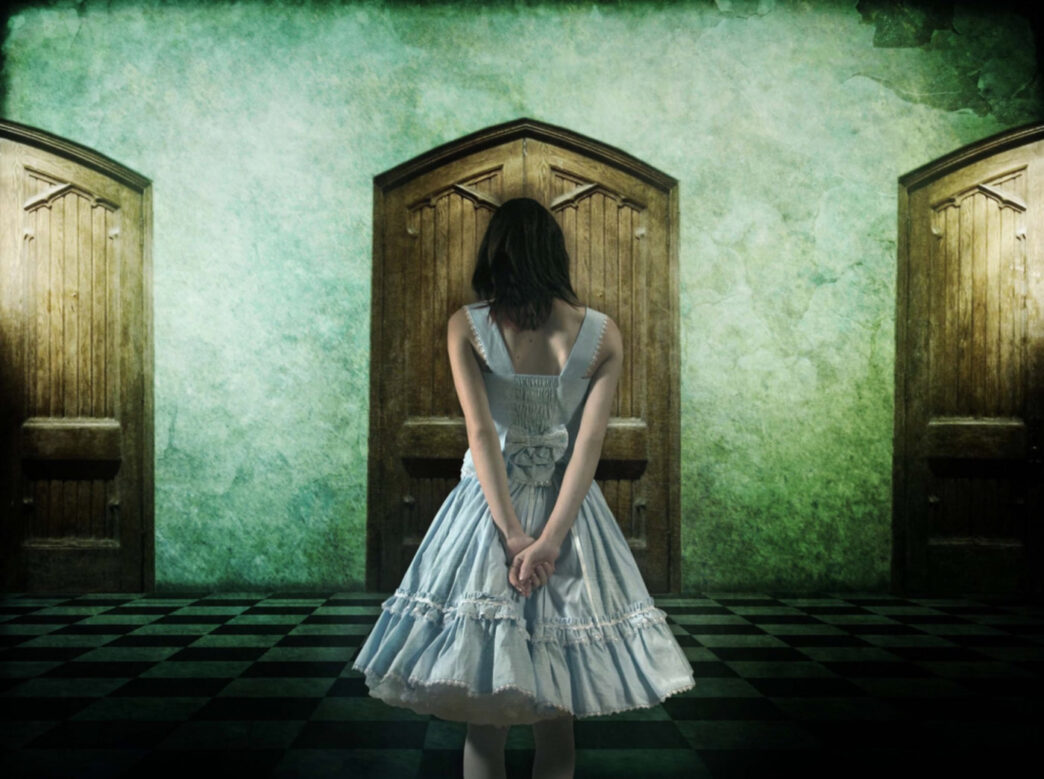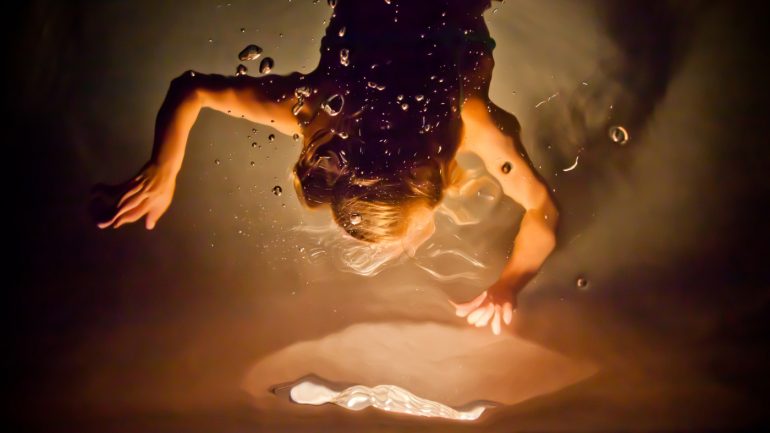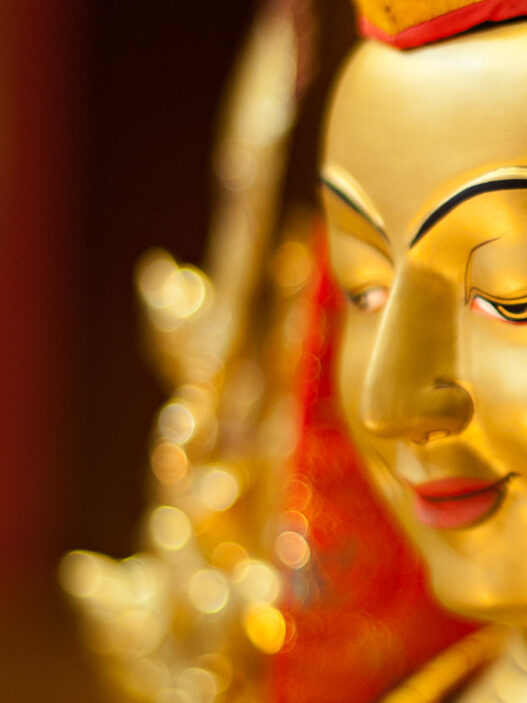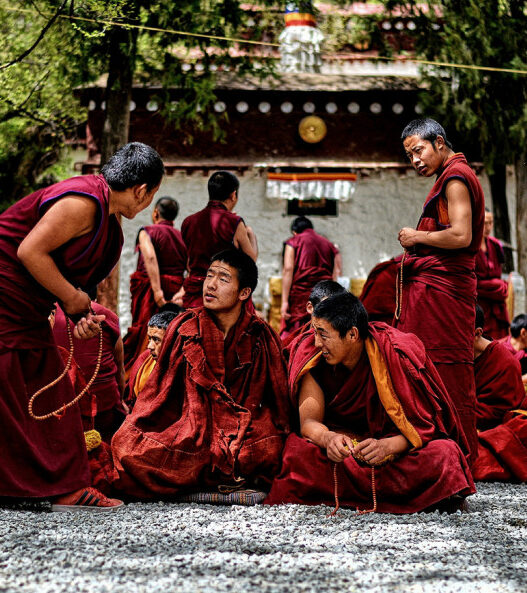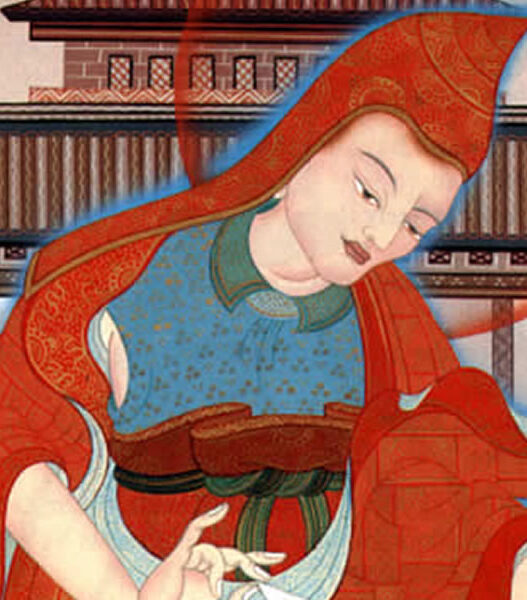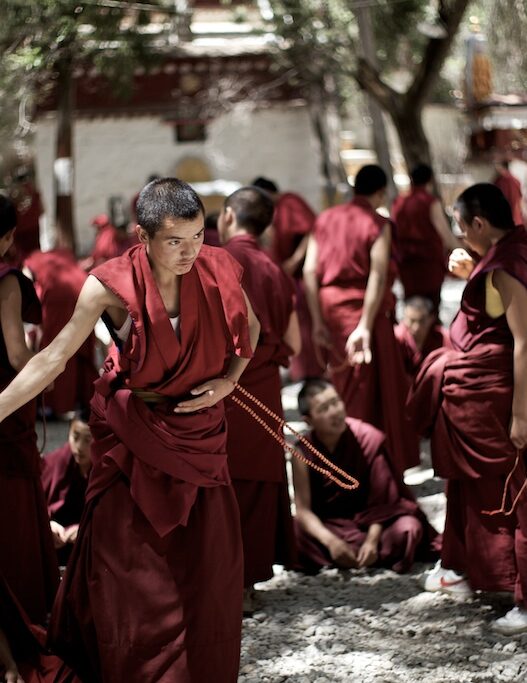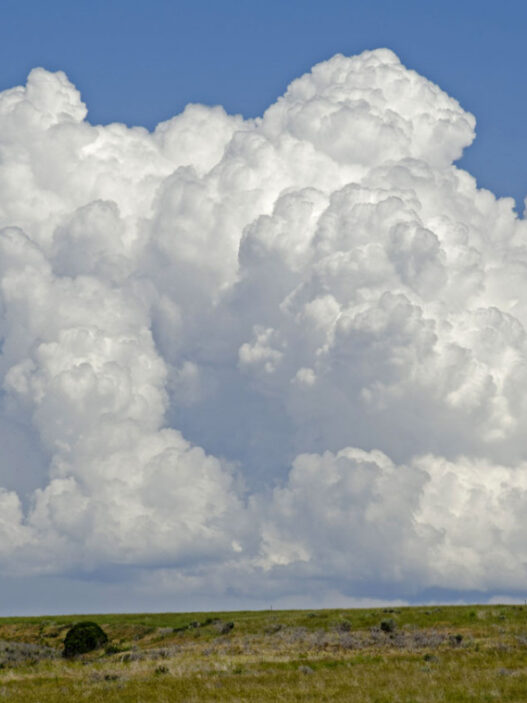This is an ongoing course which began in 2004. These classes are currently being taught at the Asian Classics Institute programs currently being held in Arizona.
The presentations of emptiness found in these textbooks are some of the most thorough and usable ever written. Students of Buddhism who avail themselves of these texts gain incredible insight into the every detail of this most profound and important teaching.
In this course we have been working our way through An Overview of the Middle Way, written by Kedrup Tenpa Dargye (1493‐1568), who composed a good number of the textbooks used at Sera Mey Tibetan Monastery for the study of emptiness in particular. The presentations of emptiness found in these textbooks are some of the most thorough and usable ever written. Students of Buddhism who avail themselves of these texts gain incredible insight into the every detail of this most profound and important teaching. One reason for this is that these textbooks are based directly upon the extraordinary writings of Je Tsongkapa (1357‐1419), who was the teacher of the First Dalai Lama and quite possibly the most prolific and authoritative thinker ever in a land of great thinkers.
The Overview, itself is based upon Je Rinpoche’s Illumination of the True Thought, one of the greatest presentations of emptiness in history. This work in turn is an explanation of Entering the Middle Way, by Master Chandrakirti, who lived during the seventh century and was commenting himself upon the 3rd‐century author Arya Nagarjuna, whose Root Text on the Wisdom of the Middle Way is considered the greatest commentary of all time upon the emptiness teachings of the Buddha himself.
Geshe Michael has said that in his opinion these are the greatest books about emptiness that have ever been written, and to have an opportunity to go through these books in an authentic way is extremely rare. Just to be able to hear them is unbelievably rare. It took him eight years in the monastery to learn these texts, after 2 years everyone else in the class dropped out and Geshe Michael was the only student left.
The books about emptiness that we’ll be studying in this course are written in a very special dialectic style which follows this structure:
- Disproving the position of others (GZHAN GYI LUGS DGAG PA)
- Establishing our own position (RANG GI LUGS BZHAG PA)
- Refuting the opponent’s rebuttal (RTZOD PA SPONG BA)
This format is the classical Tibetan monastic presentation, what is referred to as a yikcha, or a monastic textbook. This style is not like a traditional western textbook which just explains the correct answer.
The Tibetan monastic textbooks are written in a dialectic, or debate, format where the opponent comes up first and presents an idea which is subtly wrong. Then we, as students, have to struggle to find the subtle mistake, because those are all the mistakes that we will make on the same subject. At the beginning, they teach you the subtly wrong ideas about a subject and they teach you why each one is wrong, because sooner or later you or your students will have this wrong idea.
Step two (Establishing our own position) is the only part that would be in a traditional western style textbook. The real beauty of the traditional Tibetan textbooks, however, lies in step three (refuting the opponent’s rebuttal) where the opponent gets to come back once more and make objections to our position which we established in step two. We wipe him out, we tell him what’s true, and then he gets to come back and take a few more shots at us. Step three is the most interesting because those are even more subtle wrong ideas.
This course is also a translator course, and is designed to help students learn to produce translations of traditional ancient scriptures which are clear, accurate, and easily readable. This is why you’ll hear the Tibetan text being read aloud by students in the class. Geshe Michael will also share his personal insights and experience on the art of translation. This is a truly rare opportunity to learn from one of the most prolific modern translators of ancient Asian manuscripts. He has completed more than 40 ancient texts of Tibetan and Sanskrit, totaling at present some 10,253 pages.












